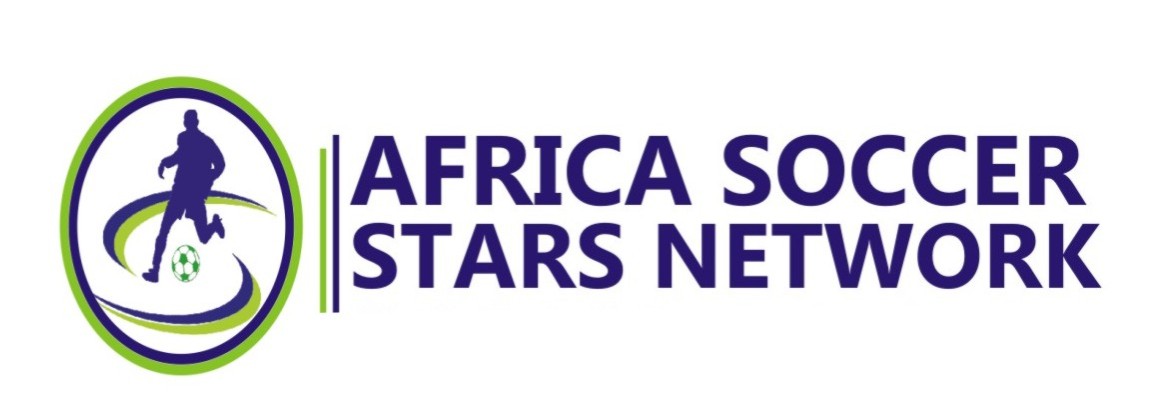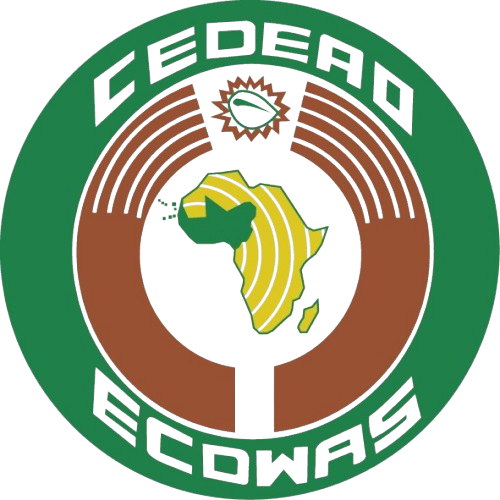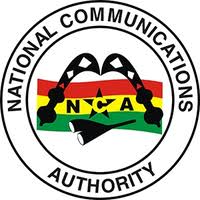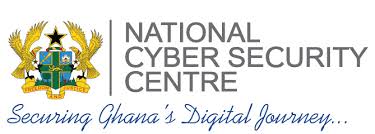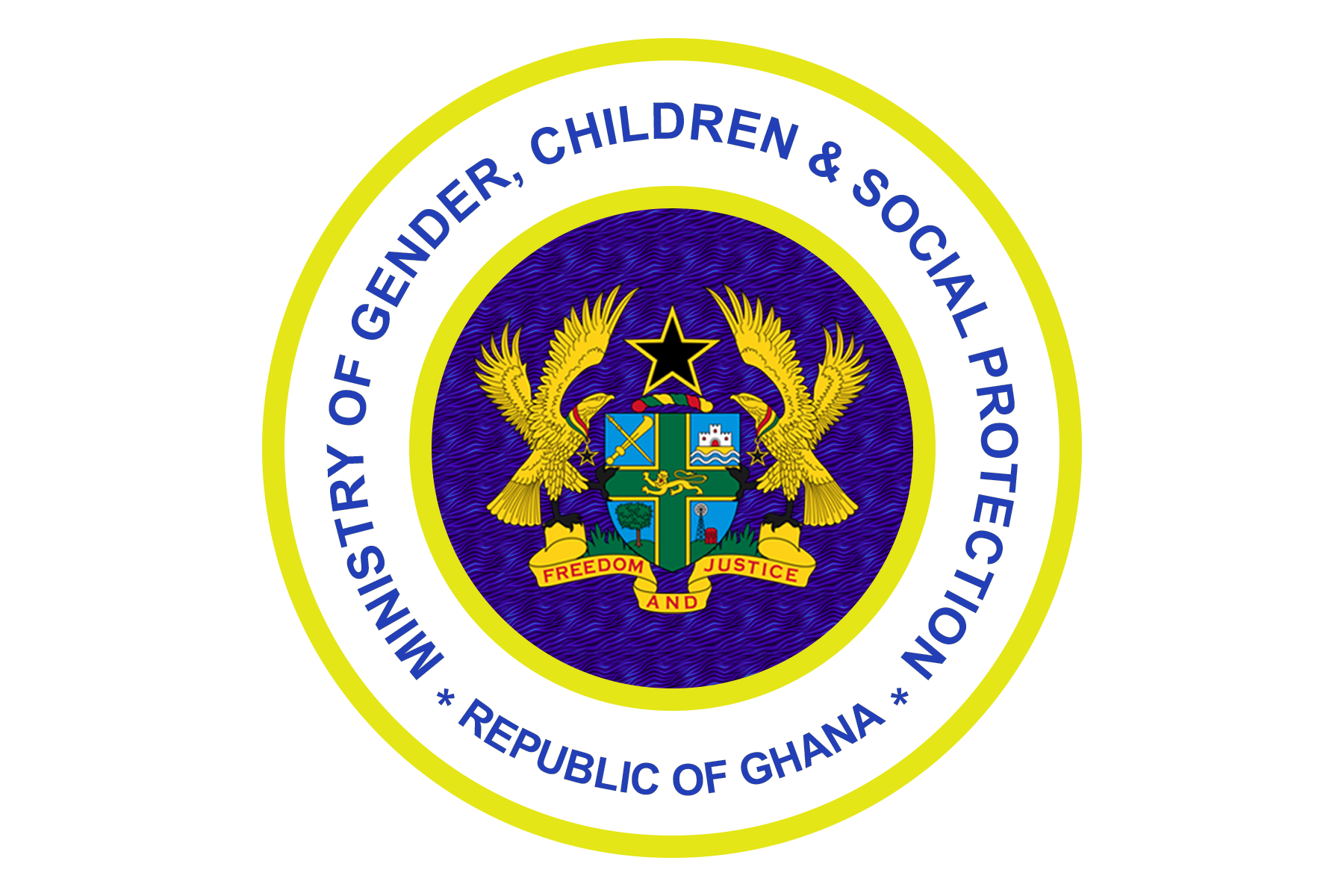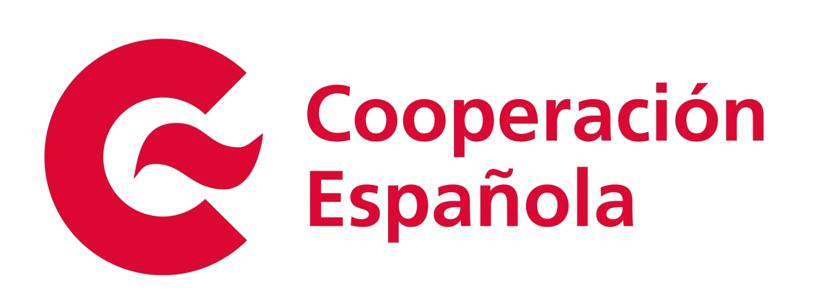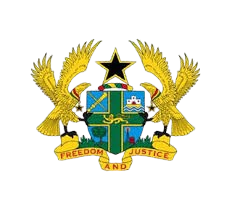"Save the child, Save the future, Save the world'
They have the right to survive, to be safe, to belong, to be heard, to receive adequate care, and to grow up in a protective environment.
A family is the first line of protection for children.
Parents or other caregivers are responsible for building a protective and loving home environment. Schools and communities are responsible for building a safe and child-friendly environment outside the child's home. In the family, school, and community, children should be fully protected so they can survive, grow, learn, and develop to their fullest potential.
Millions of children are not fully protected.
Many of them deal with violence, abuse, neglect, exploitation, exclusion, and/or discrimination every day. Such violations limit their chances of surviving, growing, developing, and pursuing their dreams.
Millennium Child Support Group (MCSG) seeks to prevent and respond to:
MCSG works with the following stakeholders to ensure that children grow up in a family environment:
We make sure that schools and communities protect all children and prevent child maltreatment. MCSG protects girls and boys from violations such as abuse, sexual exploitation, trafficking, and work in hazardous conditions, as well as harmful practices, including child marriage.
Child Participation
MCSG involves girls and boys in all our programs and initiatives to find solutions for their problems. We empower them to speak up for children's rights and take an active role in their own protection against abuse, violence, exploitation, and discrimination.
MCSG works to protect children from all forms of violence and abuse, which includes:
Responsibilities:
Families, communities, and authorities are responsible for ensuring this protection.
Millennium Child Support Group (MCSG) uses the term ‘child protection’ to refer to prevention and response to violence, exploitation, and abuse of children in all contexts. This includes reaching children who are especially vulnerable to these threats, such as those living without family care, on the streets, or in situations of conflict or natural disasters.
MCSG monitors and reports on key child protection indicators, including:
Work in these areas of child protection is carried out through data collection, methodological work, data compilation, data analysis, and data dissemination.
MCSG also promotes the advancement of research through the development of joint projects and collaboration with academic institutions and other agencies working at the international and national levels in the area of child protection.
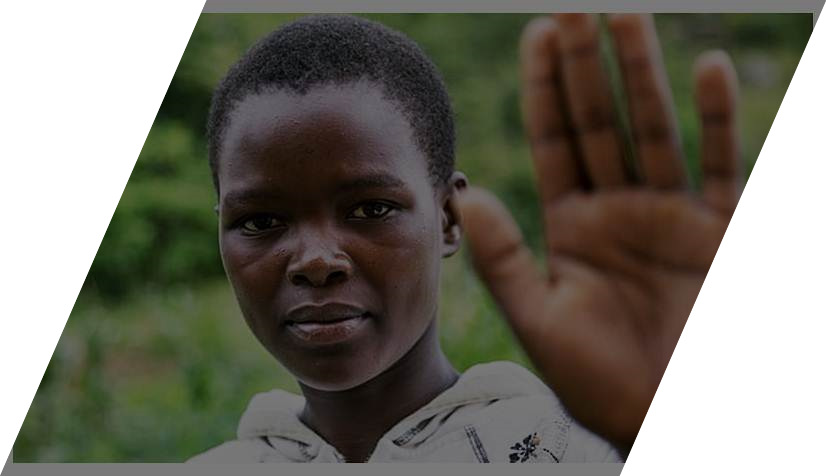
Everyone Deserves a Voice. Stop Child Abuse.
JOIN US
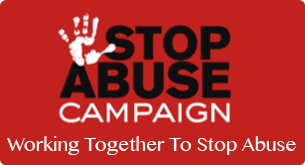
Birth registration provides an official record of a child's existence and nationality.
Registering a child's birth is a vital step towards protection.
Enforcement of minimum-age legislation depends upon an official record of a child's age.
Birth registration should be free and accessible for every child.
The birth registration process may be supported by social services.
Girls and boys can encounter different forms of violence, abuse, and/or harmful practices in many settings:
In the family and home:
In schools and other educational activities:
In care and justice institutions (e.g., orphanages, children's homes, and detention facilities):
In workplaces:
In the community (among peers, between gangs, by the police and by traffickers):
Children who experience or witness violence often remain silent out of fear, shame, or stigma. Some accept it as part of life. While some violence is perpetrated by strangers, most is carried out by people children know and should be able to trust for protection. These may include:
All girls and boys can be subjects of abuse.
Babies and young children are sometimes the object of a parent's or other caregiver's anger or frustration, often when children do not stop crying. The caregiver may shake the baby or young child so violently that it causes brain injury, potentially leading to permanent injury or death. It is never okay to shake a child. Symptoms of violent shaking include:
These symptoms require immediate medical care.
Typically, the focus is on intervention after child maltreatment occurs.
Every community should create and implement a plan of action to eliminate violence against children. Some key actions may include:
Children who work often do so to support their families' livelihood so they can eat and have basic necessities.
Children can be found working in various sectors, including:
Close to 70 percent of working children work in agriculture. This can be extremely hazardous, as it can involve:
Children can also be at risk of sexual abuse and exploitation, especially during harvesting season (when they often work extra-long hours) and while working on plantations.
Some children are engaged in the worst forms of child labor, including:
These practices are illegal. Children must be removed immediately from such situations and, if it is in their best interest, reintegrated into their families and communities.
The work children do should not be hazardous to their health or well-being.
The government and local authorities, with support from families and civil society, should develop measures to address harmful child labor situations, such as:
Families need to be aware of the risks involved in sending their children away for work, such as domestic and agricultural work.
Children need to be protected from all forms of sexual exploitation and sexual abuse.
Every person has a unique reaction to sexual abuse or sexual exploitation, regardless of the type, extent, or duration. Victims may show a range of emotional responses such as:
Some children may be exposed to life-threatening situations, such as:
Children can begin to learn early on about 'good' touch versus 'bad' touch.
Many children and young people who have been victims of sexual abuse or exploitation heal and go on to lead normal lives.
Governments are responsible for ensuring that systems and specific measures are in place to:
The government, civil society, and families are responsible for preventing trafficking, as well as helping children who are victims to reintegrate into their families and communities, if it is in their best interest.
Profit from human trafficking has been estimated at approximately US$9.5 billion annually.
• treated as commodities
• subject to violence, abuse, neglect, exploitation, and HIV infection.
It is calculated that the majority of the children trafficked every year are girls who are sexually exploited.
Children and families burdened by poverty and with limited access to information may leave their communities because they believe better opportunities await them elsewhere.
Sometimes children are promised a good education, a well-paying job, or a better life. Instead, they may find themselves smuggled or moved across borders or taken within their own country by traffickers and forced into dangerous situations. These may include:
• domestic servitude
• prostitution
• forced marriage
• begging
• what they can expect
• potential risks involved during travel as well as at the destination
• what to do if they get into a trafficking situation.
• distribute information to parents and children on the risks of migration and sending children away to work
• distribute information to communities on how negative attitudes towards migrant children can lead to social acceptance of child trafficking or indifference to it
• gain parental support to keep children in school and not allow them to drop out for work
• provide social services as needed to help reduce parents' dependence on their children's income or work
• address and reduce domestic violence, which can influence a child's decision to leave home
• treat children as victims of crime and not as criminals, and provide them with support and the time they need to recover before returning them to their families and communities or alternative care
• make and enforce laws that prosecute traffickers.
Depriving children of their liberty (incarcerating them) must always be a last resort. Procedures that are sensitive to children should be put in place for children who are victims or witnesses of crime.
Placing children who have committed crimes or have been accused of committing crimes in detention centres, prisons, reform schools, or any other closed setting should always be a last resort.
Detention can be detrimental to children's development and hinder reintegration into society.
Alternatives such as mediation, community service, and counselling produce better results for children, their families, and communities.
These alternatives are generally more respectful of children's rights and help children learn how to take on a more constructive role in society. This should be the objective of all justice interventions concerning children.
They are often detained for dropping out of school, running away from home, using alcohol, begging, or vagrancy. Some children are detained because they have been exploited by adults through prostitution or drug dealing.
These children are at higher risk of violence, exposure to drugs, HIV infection, and other health problems. Detention can interrupt their schooling and distance them from family.
Children in detention generally need a social protection response, not a judicial one.
Children in detention should:
• be separated from adult offenders
• have their cases addressed within a short time frame
• be separated by gender
• have appropriate means to report violence committed against them while in detention.
Pregnant women and mothers with children in detention need special protection, care, and support.
All children in these circumstances are entitled to protection of their rights, such as access to health care and education.
Such procedures should:
• prevent contact between the child and the alleged perpetrator
• allow for the child's full participation in the justice process
• ensure:
— Income support and social welfare services can help keep families together and children in school and ensure access to health care.
All children have a right to age-appropriate information, to be heard, and to participate in decisions that concern them.
Fulfilment of this right enables children to take an active role in their own protection against abuse, violence, and exploitation, and to become active citizens.
• the elderly
• widows
• children
• individuals who are sick or disabled, including families affected by HIV.
• purchase food
• pay for or access health care and education
• keep families together
• keep children out of institutional care or from working or living on the street
• help families break out of the cycle of poverty.
The government and local authorities, with support from civil society, can assist by:
• identifying families in need
• providing income support and social welfare services such as counselling and legal aid
• ensuring families do not face discrimination when accessing services.
Information on income support and social welfare services can be disseminated through:
• health centres, schools, and community centres
• community meetings and events
• radio and loudspeaker announcements.
All children have a right to age-appropriate information, to be heard, and to participate in decisions that concern them.
From early childhood, children develop and express views and interests. As they grow, their ability to participate in decisions concerning their lives and communities increases.
Children and adults should actively and consistently communicate, sharing information and ideas in the home, school, and community.
This exchange should be based on mutual respect. Children's views should be listened to and taken seriously, in accordance with their age and maturity.
Children who express their opinions freely are more likely to:
• assume responsibilities
• develop critical thinking and communication skills
• make informed decisions as they grow.
They are often able to:
• learn and perform better in school
• contribute to responsible decisions regarding their education and health
• protect themselves against sexually transmitted infections, HIV, unwanted pregnancy, bullying, discrimination, harassment, violence, abuse, and exploitation.
Children are active users, producers, and subjects of media, which can be a powerful tool for influencing opinion and perceptions.
Responsible use of media can broaden their knowledge, inform them of how to protect themselves, and help develop citizenship skills.
Children-led associations or clubs provide a platform for girls and boys to voice their ideas, perspectives, and concerns.
These clubs offer opportunities for socialization, leadership development, and fostering interests.
In the world’s poorest countries, slightly more than 1 in 4 children are engaged in child labour.
Children around the world are routinely engaged in paid and unpaid forms of work that are not harmful to them.
However, they are classified as child labourers when they are either too young to work or are involved in hazardous activities that may compromise their physical, mental, social, or educational development.
In the least developed countries, slightly more than one in four children (ages 5 to 17) is engaged in labour that is considered detrimental to their health and development.
The issue of child labour is guided by three main international conventions:
These conventions frame the concept of child labour and form the basis for child labour legislation enacted by countries that are signatories.
Prevalence of child labour
Sub-Saharan Africa has the largest proportion of child labourers (29 per cent of children aged 5 to 17 years).
This is in stark comparison to the Middle East and North Africa, where 5 per cent of children in this age group are performing potentially harmful work.
Gender disparities
In all regions, boys and girls are equally likely to be involved in child labour.
However, gender disparities are often observed in the types of activities carried out, with girls far more likely to be involved in unpaid household services.
CHILD LABOUR

Child marriage is a violation of human rights, but is all too common
Marriage before the age of 18 is a fundamental violation of human rights. Many factors interact to place a child at risk of marriage, including poverty, the perception that marriage will provide ‘protection’, family honor, social norms, customary or religious laws that condone the practice, an inadequate legislative framework and the state of a country’s civil registration system. While the practice is more common among girls than boys, it is a violation of rights regardless of sex.
Reference: UNICEF
by resulting in early pregnancy and social isolation, interrupting her schooling and limiting her opportunities for career and vocational advancement. Although the impact on child grooms has not been extensively studied, marriage may similarly place boys in an adult role for which they are unprepared, and may place economic pressures on them and curtail their opportunities for further education or career advancement.
– when a couple lives ‘in union’, as if married – raises the same human rights concerns as marriage. When a couple cohabitates, the assumption is often that they are adults, even if one or both has not yet reached the age of 18. Additional concerns due to the informality of the relationship – in terms of inheritance, citizenship and social recognition, for example – may make children in informal unions vulnerable in different ways than those who are formally married.
The issue of child marriage is addressed in a number of international conventions and agreements. The Convention on the Elimination of All Forms of Discrimination against Women, for example, covers the right to protection from child marriage in article 16, which states: “The betrothal and the marriage of a child shall have no legal effect, and all necessary action, including legislation, shall be taken to specify a minimum age for marriage….”
The right to ‘free and full’ consent to marriage is recognized in the Universal Declaration of Human Rights, which says that consent cannot be ‘free and full’ when one of the parties involved is not sufficiently mature to make an informed decision about a life partner. Although marriage is not mentioned directly in the Convention on the Rights of the Child, child marriage is linked to other rights – such as the right to freedom of expression, the right to protection from all forms of abuse, and the right to be protected from harmful traditional practices – and is frequently addressed by the Committee on the Rights of the Child.
Other international agreements related to child marriage are the Convention on Consent to Marriage, Minimum Age for Marriage and Registration of Marriages, the African Charter on the Rights and Welfare of the Child and the Protocol to the African Charter on Human and People’s Rights on the Rights of Women in Africa.
Across the globe, levels of child marriage are highest in sub-Saharan Africa, where 35 per cent of young women were married before age 18, followed by South Asia, where nearly 30 per cent were married before age 18.
Lower levels of child marriage are found in Latin America and Caribbean (24 per cent, data not shown), the Middle East and North Africa (17 per cent), and Eastern Europe and Central Asia (12 per cent, data not shown).
The prevalence of child marriage is decreasing globally, with the most progress in the past decade seen in South Asia, where a girl’s risk of marrying in childhood has dropped by more than a third, from nearly 50 per cent to just below 30 per cent.
Still, the total number of girls married in childhood stands at 12 million per year, and progress must be significantly accelerated in order to end the practice by 2030 – the target set out in the Sustainable Development Goals.
Without further acceleration, more than 120 million additional girls will marry before their 18th birthday by 2030.
While boys and girls who marry in childhood do not face the same risks and consequences due to biological and social differences, the practice is nonetheless a rights violation for children of both sexes.
Similar to child brides, child grooms are forced to take on adult responsibilities for which they may not be prepared.
The union may bring early fatherhood and result in additional economic pressure in the form of providing for the household; it may also constrain the boy’s access to education and opportunities for career advancement.
Globally, 115 million boys and men were married before age 18.
The countries in which child marriage among boys is most common are geographically diverse and differ from the countries in which the practice is most common among girls.
While child grooms are less numerous than child brides, they similarly have experienced a rights violation that cuts short their childhood.
Further research is needed on the drivers of the practice and its effect on child grooms.
At least 200 million girls and women alive today living in 31 countries have undergone FGM.
Female genital mutilation (FGM) refers to “all procedures involving partial or total removal of the female external genitalia or other injury to the female genital organs for non-medical reasons.”
FGM is a violation of girls’ and women’s human rights.
While the exact number of girls and women worldwide who have undergone FGM remains unknown, at least 200 million girls and women have been cut in 31 countries with representative data on prevalence.
However, the majority of girls and women in most countries with available data think FGM should end and there has been an overall decline in the prevalence of the practice over the last three decades, but not all countries have made progress and the pace of decline has been uneven.
WHO Classification of FGM (1995 & 2007)
Type I: Partial or total removal of the clitoris and/or the prepuce.
Type II: Partial or total removal of the clitoris and labia minora, with or without excision of the labia majora.
Type III: Narrowing of the vaginal orifice by cutting and bringing together the labia minora and/or the labia majora to create a seal, with or without excision of the clitoris. In most instances, the cut edges of the labia are stitched together, referred to as ‘infibulation’.
Type IV: All other harmful procedures to the female genitalia for non-medical purposes, e.g., pricking, piercing, incising, scraping and cauterization.
Legal and International Frameworks
FGM is condemned by numerous international treaties and conventions, as well as by national legislation in many countries.
Article 25 of the Universal Declaration of Human Rights states that “everyone has the right to a standard of living adequate for health and well-being,” and this has been used to argue that FGM violates the right to health and bodily integrity.
It is also regarded as a form of violence against women, invoking the UN Convention on the Elimination of All Forms of Discrimination against Women.
Defining it as a form of torture brings it under the Convention against Torture and Other Cruel, Inhuman, or Degrading Treatment or Punishment.
Since FGM is a traditional practice prejudicial to health and often performed on minors, it violates the Convention on the Rights of the Child.
An interagency statement on FGM was issued by 10 UN organizations in 2008.
Prevalence and Geographic Distribution
Data from large-scale surveys show FGM is highly concentrated in countries from the Atlantic coast to the Horn of Africa, and in parts of the Middle East like Iraq and Yemen, as well as some in Asia like Indonesia and the Maldives, with wide variations.
Levels are almost universal in Somalia, Guinea, and Djibouti (~90%), but affect less than 1% of adolescent girls in Cameroon, the Maldives, and Uganda.
FGM also exists in places like Colombia, India, Malaysia, Oman, Saudi Arabia, UAE, and among migrant populations in Europe, Australia, and North America.
Attitudes Toward FGM
Girls’ and women’s attitudes vary widely.
The highest levels of support are in Mali, Sierra Leone, Guinea, Somalia, and Egypt, where more than half of the female population think the practice should continue.
However, in most countries with data on attitudes, the majority of girls and women believe FGM should end (23 out of 30).
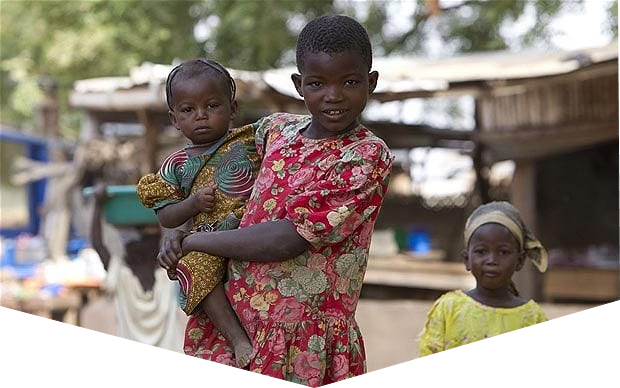
Fight against Child Abuse and Promote Proper Treatment
Millennium Child Support Group (MCSG) main objective is to fight against all forms of abuse, to improve child protection across Africa, and to promote proper treatment.
What is well treatment?
Well treatment consists of a set of positive and encouraging behaviours towards people – including children in situations of extreme vulnerability. It promotes personal growth and the development of the child, as well as recognition, empathy, communication and respect for each other.
Children’s participation is a key aspect of proper treatment:
They must be able to express their opinions and build a positive image of themselves. MCSG and its partners encourage children to become active in promoting a culture of tolerance and welfare.
Supporting Child victims of abuse
Children worldwide are victims of physical, sexual and psychological violence. These problems are due to multiple socio-cultural and family factors. Some forms of abuse are still socially accepted as a traditional form of education.
However, any form of violence, abuse or neglect of children and adolescents is not justifiable, nor is violence acceptable even as a form of education.
For this reason, Millennium Child Support Group (MCSG) works with its network of members to prevent child abuse and to encourage proper treatment. MCSG is against abuse and promotes well treatment.
1. The prevention of Abuse
Children are taught techniques for the prevention of abuse, which they can in turn use to promote proper treatment. Prevention also allows adults to be aware of the status of the child as a subject of law.
2. Counselling and legal support for abused children
MCSG and its partners work to promote the resilience of children. They support the psychological and physical healing of abused children, and help them to plan for their future. Sometimes abuse cases are tried in court and allow child victims to receive expert legal support.
3. Advocacy against child abuse
MCSG invests heavily to ensure those children’s rights and child protection laws are applied. In addition, it assists its partners in the field in order to develop local policies on comprehensive protection of the child.
Fight against Child Abuse and Promote Proper Treatment
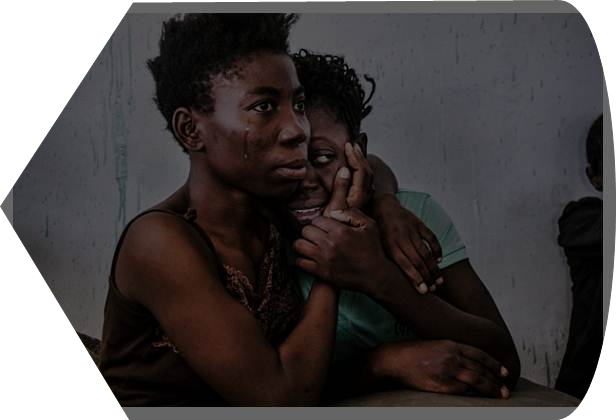
CHILD ONLINE SEXUAL EXPLOITATION
Online Child Sexual Exploitation
While the Internet has been a positive catalyst for innovation, education, and economic growth, it has also enabled those who would harm children by making it easier for them to produce, access and share child sexual abuse materials; to find like-minded offenders; and reduce their risk of detection. And as connectivity expands, so too do sexual crimes committed against children where online tools and/or services are used.
Online sexual exploitation most commonly includes grooming, live streaming, consuming child sexual abuse material and coercing and blackmailing children for sexual purposes. As technology advances, new forms of this crime emerge. Never before has it been easier for perpetrators to make contact with children, share images of abuse, hide their identity and profits – and inspire each other to commit further crimes.
Behind every image, video or screen, there is a real child victim being sexually exploited. Like other forms of sexual abuse, online abuse can scar victims emotionally and physically for a lifetime. But unlike other forms of abuse, the child can potentially be re-victimized millions of times – every time an image is watched, sent or received.
Identifying and investigating offenders is difficult, as they often adapt technology, such as darknet portals or other anonymous channels, to enable their offending and avoid detection. Online sexual exploitation often occurs across multiple jurisdictions, with victims and offenders often in different countries. Some countries are yet to update legislation that criminalizes the viewing or possession of child sexual abuse material online.
WHAT IS ONLINE CHILD SEXUAL EXPLOITATION?
Accessing, possessing, producing and/or distributing images and/or videos of child sexual abuse. This crime is often referred to as “child pornography”. There are billions of examples of this kind of material on the Internet today.
Developing a relationship with a child to enable their sexual abuse and/or exploitation, either online or offline. The proliferation of social media, messaging and live-streaming apps in recent years have seen a dramatic increase in reports of this crime.
Using online video applications to view, and sometimes interact with the sexual abuse of children live. Some countries, such as the Philippines have become hubs for this kind of abuse in recent years, where poverty is causing some parents to abuse their own children for profit.
Producing and/or utilizing sexual images and/or videos depicting a child, for the purposes of sexual, financial or other personal gains. Offenders can be adults or peers of the victims – and sometimes the child sexual abuse material is self-produced through manipulation of the victim.
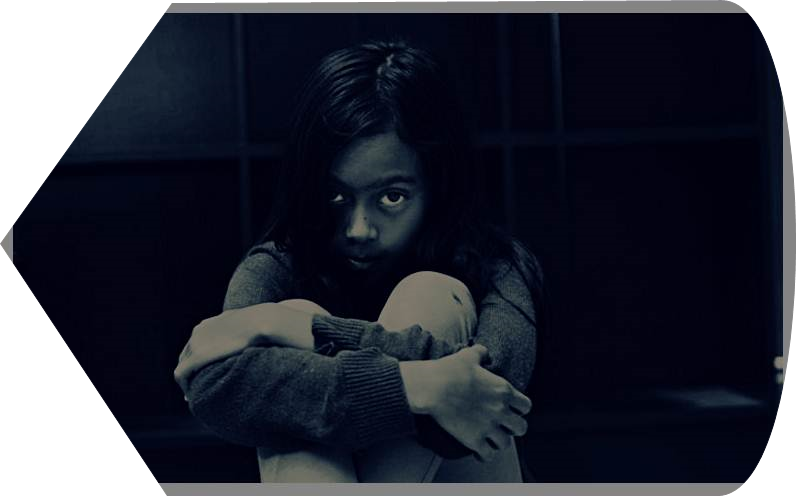
Children are being trafficked and sexually exploited in every region of the world, both online and offline. They are taken out of their protective environment, they are recruited, transported, transferred and harboured, which has devastating consequences.
While exact figures are difficult to find, the ILO estimates there are more than 40 million victims of trafficking globally every year and almost 20% are children. However, in some parts of Africa and the Mekong region, children are the majority of victims. UNODC figures indicate that of those victims detected by law enforcement, almost 80% were being trafficked for sexual exploitation. Although victims are predominantly women and girls, men and boys are affected as well. There are no exact figures, but according to UNODC in 2019, the majority of trafficked children were sexually exploited, and one in three known trafficking victims were children.
The connection between travel and tourism and the sexual exploitation of children might not be obvious. But as the travel and tourism industry expands with cheaper tickets and better connections, the opportunities for child sex offenders to exploit children also increases. No country or child is immune.
The travel and tourism industry is in a key position to protect children from this crime by making sure their services and venues are not misused by child sex offenders. Orphanage tourism and mega-events are examples where offenders easily can access and exploit children.
Report child exploitation
Report it, Don’t ignore it!
If you have witnessed a crime being committed against a child, your first priority (where possible) should be to contact the local police.
Are you a child in need of support? Or do you believe that a child is being abused, exploited or endangered?
This page, compiled by our partner organization Child Helpline International, can help you find the contact details of the child helpline service in your country, where you will be able to confidentially seek further assistance.
For travellers and tourists
If you are a tourist and you see something suspicious, report it to the local police. Don’t delay, police may need to act quickly to rescue the child or catch the suspect. Provide as much information as possible. Note key details, such as:
This page, compiled by our partner organization Child Helpline International, can help you find the contact details of the child helpline service in your country, where you will be able to confidentially seek further assistance.
>> Find a helpline or hotline.
Learn more about Online Child Sexual Exploitation, kindly visit:
Sale and Trafficking of Children for Sexual Purpose

